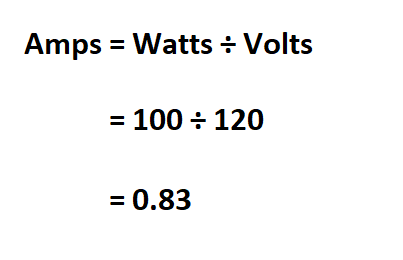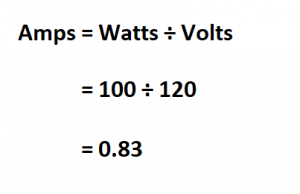
Voltage is an expression of the available energy per unit charge which drives the electric current around a closed circuit in a direct current (DC) electrical circuit. Current is proportional to the diameter of the pipe or the amount of water flowing at that pressure. Ohms (R) is a measure of resistance and is analogous to the water pipe size. Refer to the image below to visualize how voltage and electric current works.Ĭurrent (I) is a rate of flow and is measured in amps (A). This is known as the "water-flow analogy", which is sometimes used to explain electric circuits by comparing them with a closed system of water-filled pipes, or "water circuit", that is pressurized by a pump. The characteristics of voltage are like that of water flowing through pipes. "Voltage" (V) is the potential for energy to move and is analogous to water pressure. Volts can be expressed in to SI base units thusly: 1 V = 1 kg times m 2 times s -3 times A -1 (kilogram meter squared per second cubed per ampere), or. What is a volt?Ī "volt" is a unit of electric potential, also known as electromotive force, and represents "the potential difference between two points of a conducting wire carrying a constant current of 1 ampere, when the power dissipated between these points is equal to 1 watt." Stated another way, a potential of one volt appears across a resistance of one ohm when a current of one ampere flows through that resistance. Please contact the website administrator if you believe information you see on this page is inaccurate so that we address any issue(s) in a timely manner. References and links are included for each defined term which refer to information provided by BIPM.

The definitions on this page are adopted from the official definitions which can be found in BIPM's International System of Units, or SI. The French organization is called Bureau International des Poids et Mesures, or BIPM, translated to English as International Bureau of Weights and Measures.

Aluminum is usually reserved for higher amp circuits, and aluminum wiring that is used for 15-amp, 20-amp, and 30-amp breakers will go into my home inspection report as a possible defect.īut for 40-amp and above, aluminum single strand is totally fine.Standard units of measurement are established by the official organization that is tasked with the standardization of international weights and measurements, ensuring that the entire world uses the same standards of weight and measurement. Most service conductors are copper and aluminum. The most common size for branch circuits, regular outlets and lights, is a 14 gauge wire coupled with 15-amp breakers. The smaller the gauge, the larger the wire. The larger amp breaker needs to match the capacity of the wire. Wire Gauge Must Match BreakerĪs stated earlier, if you plan on upgrading a circuit for an appliance, you can’t just swap out a breaker. And when you multiply the pressure and the volume per second - you get the power (watts) of the water wheel or how fast it turns. The water pressure is the voltage, and the volume of water (per second) is the amps. There are only two things that you can increase to make the wheel turn faster, the water pressure or the volume of water. Imagine you are powering a water wheel with a hose. The easiest way to think of amps, watts, and volts is to think of it as water. The wire needs to be at least 14-gauge for copper. So at minimum you would need a 15-amp breaker.

It will need to be on a individual or dedicated circuit and say it uses 120-volts.
WATTS TO AMPS INSTALL
Imagine you want to install a new microwave that pulls 1800-watts. A 30-amp breaker would need an 10-awg copper wire. The wiring (gauge) should also be able to handle it. Let’s say you have an electric clothes dryer that is rated at 6500-watts and it uses 240-volts.Īnd if you round up from 27.08-amps then you would need a breaker of at least 30-amps. The watts should always be on the top of the triangle as you can see from below. You take one value (amps, volts, or watts) and if you divide it by the other value either above it or below it - it will convert it to the value on the side. Convert Watts To Amps With The Ohms TriangleĪn easy way to look at converting watts to amps (or amps to watts etc.) is through a triangle.


 0 kommentar(er)
0 kommentar(er)
